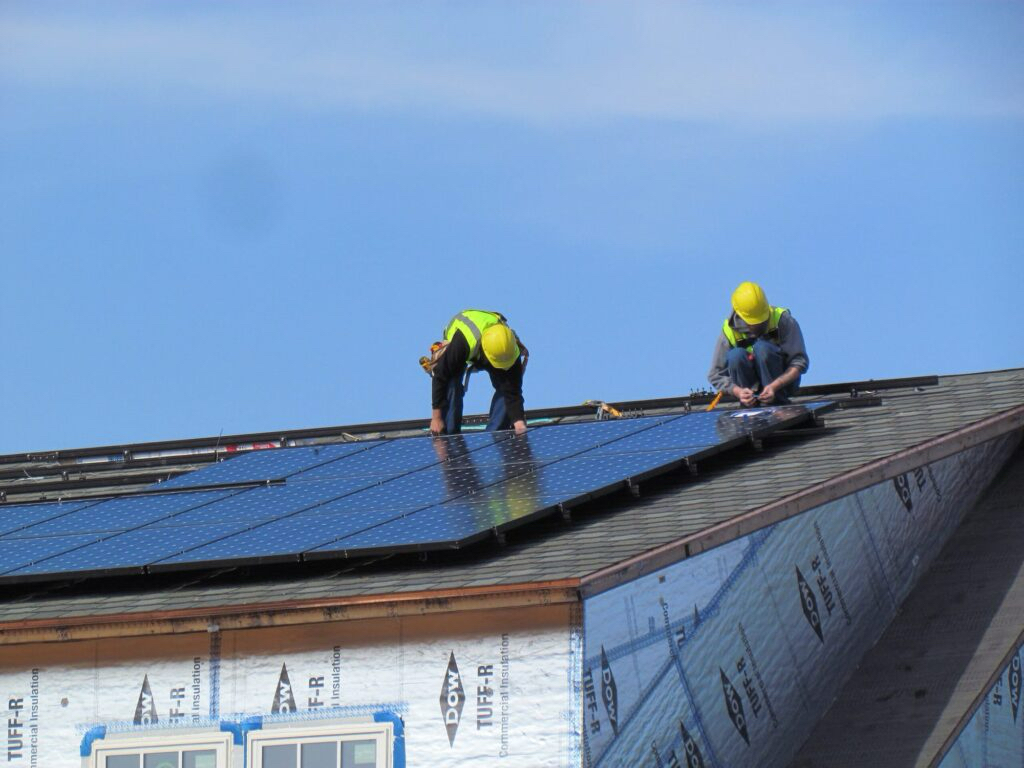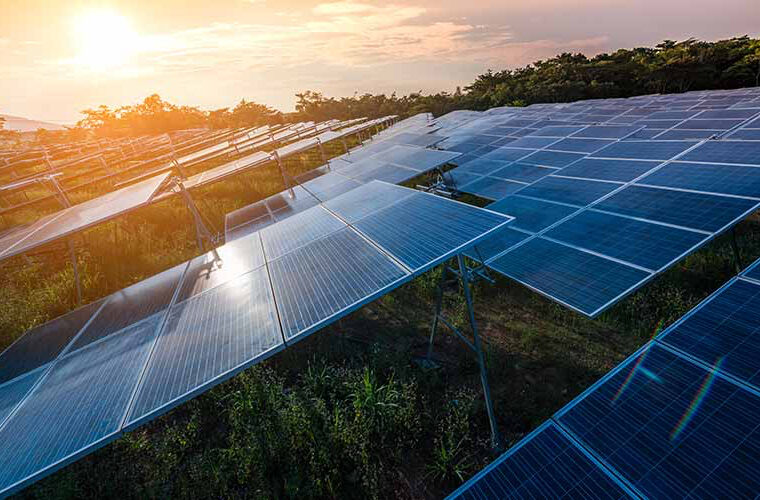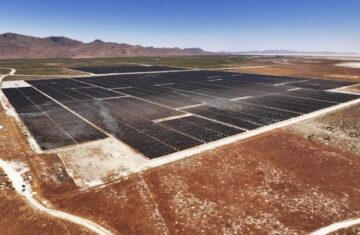In Maryland, a significant tug-of-war is unfolding between state lawmakers and local councils regarding the future of clean energy development. On one side, some legislators are eager to meet the rising demand for electricity; on the other, local ordinances are threatening to stall solar projects.
Baltimore’s County Council has been closely monitoring state-level developments, particularly concerning a proposed small solar project on a resident’s 33 acres. Initially, the council considered legislation that would prohibit solar projects from being built within 1,000 feet of each other, which could effectively kill the resident’s plans. However, they decided to delay the final vote to review a larger energy package that was undergoing heated debates among state lawmakers.
On April 7, Maryland’s Senate passed a comprehensive energy package that includes the Renewable Energy Certainty Act. This Act aims to limit local governments from circumventing the Maryland Public Service Commission, which holds the authority to approve or deny utility-scale solar projects. The legislation also introduces zoning restrictions that could inhibit the development of solar and energy storage projects at the local level.
Despite the initial intention to curtail solar projects, the amended bill ultimately returns some decision-making power to local governments, but only after more than 5% of designated priority protection areas in a county are converted to solar energy. This means that the Baltimore County Council will be unable to block the resident’s solar project, as originally planned.
Councilman David Marks (R) acknowledged during a meeting, “However, we do have the ability to regulate at the 1 megawatt power level or below. That’s basically all we now have jurisdiction over.” The unanimous vote on the bill reflects a shift in local authority amid the evolving landscape of state energy policy.
The bill was introduced by two Republicans on the seven-member council, Marks and Wade Kach. Kach previously proposed a moratorium on solar projects in 2018 but later withdrew it. In 2019, the council enacted regulations limiting solar projects to those under 2 megawatts, establishing rules regarding the height of panels, the number of projects per district, and necessary buffers to shield solar installations from neighboring properties.

Originally, the proposed legislation called for a 1,000-foot buffer between solar projects, but Marks revised it down to 300 feet to ensure the bill could pass. “We want to make sure we’re putting in regulations and controlling what we have the authority to control,” he explained, emphasizing the need to balance regulation with opportunities for local farmers and the community.
Kach withdrew a second bill aimed at preventing solar projects on prime farmland but indicated he may reintroduce it pending the Governor’s approval of the new state law. Governor Wes Moore has until May 27 to sign or veto the legislation; if he does nothing, it will automatically become law.
The ongoing discussions in Maryland highlight the complexities of balancing local governance with state energy initiatives. As the state moves toward a cleaner energy future, the outcomes of these legislative actions will significantly impact the development of solar projects and the overall energy landscape in Maryland. With the clock ticking on Governor Moore’s decision, stakeholders are eagerly awaiting the final verdict on the future of solar energy in the state.



